A simple Tula gunsmith Nikita Demidov, thanks to his hard work and organizational talents, was able to become the main industrialist of vast Russia. He was lucky to live in the Petrine era, when the country's economy was embarking on new tracks. Having gained the attention of the tsar to his person, Demidov created a whole network of Ural metallurgical plants, which are still sources of high-quality products, valued not only in Russia but also abroad.
Origin
The famous industrialist Demidov Nikita belonged to a family of craftsmen making weapons. His father was a peasant who left the village to do his favorite blacksmithing. Nikita was born on April 5, 1656 in Tula, where he later inherited a factory. This enterprise not only produced weapons, but also smelted cast iron. At the birth of Demidov, Nikita received the surname Antufiev, and he actually became Demidov much later when he moved to the Urals.
Thanks to his entrepreneurial instinct and ingenuity, the Tula gunsmith was able to become one of the successful arms dealers in the city. His position was exceptional not only because of success and prosperity. In fact, Demidov Nikita remained the sole private owner of a large enterprise in the district, while other metallurgical plants belonged to the state, foreigners or aristocrats.

Character
The son of a peasant stood out from his competitors. However, he was never embarrassed by his simple origin, but, on the contrary, he tried to extract only advantages from this trait.
Being a hard worker by nature, Nikit Demidov knew the price of the efforts of ordinary blacksmiths and gunsmiths. He was well versed in the process and production technologies of his products, understanding them “from” and “to”. This always played into the hands of the entrepreneur when he took on a new undertaking. That is why Demidov was successful when he was given the task of national importance.
Acquaintance with Peter I
In 1696, Tula gunsmiths received an order to make three hundred rifles according to the Western European model. It was a difficult task. Only Nikita Demidov agreed to take up this matter, who was not afraid of technological difficulties and the possibility of disrupting the state order. He really made the necessary weapons on time, which was immediately sent to Moscow. The new guns made an impression on Tsar Peter I. Learning about the master who took up the assignment, the autocrat decided to meet with him personally.
The circumstances of the acquaintance of Pyotr Alekseevich and Nikita Demidov are told by a legend that presents a slightly different story of the beginning of their cooperation. Tula gunsmiths were famous for their ability to repair weapons even with the most serious breakdowns. Once, at the associate of the monarch Baron Pyotr Shafirov, his beloved rare German pistol failed. There was nowhere to fix it in Russia, but Nikita Demidov managed to restore the weapon. Peter I learned about the miracle master. He called the gunsmith to his place in Moscow.
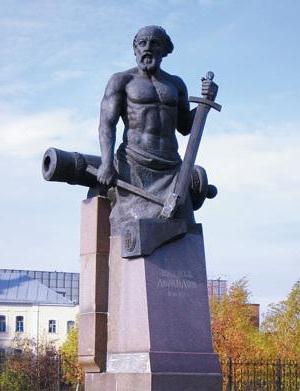
Royal commission
The tsar had a concrete and extremely important proposal for Nikita Demidov. The Northern War against Sweden was approaching, and the Russian army needed modern and high-quality weapons that could compete on equal terms with foreign counterparts.Demidov, with his deep intelligence, enterprise and willingness to take on the most complex orders, turned out to be the very man who was so necessary for the autocrat.
Since ancient times, the center of the arms industry in Russia was the city of Tula. However, the natural resources of the land there were not enough to provide the whole army with new guns and other ammunition. And although Demidov received the Tula Streltsy lands for the construction of new factories, his eyes were turned to completely different places.
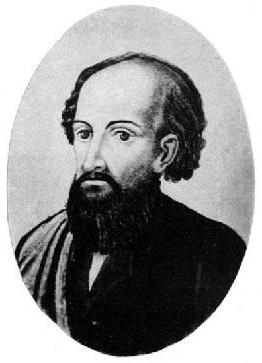
Stone belt
From the earliest years, Nikita Demidovich Antufev dreamed of beginning the development of the Ural deposits. Mountains full of metal-rich ore were then often called the Stone Belt. The aspirations of Peter I were similar. In 1702, he transferred Demidov state-owned factories on the Upper Tour. In addition, the king allowed the industrialist to use serf labor at his enterprises. Thanks to this economic model, the Demidov dynasty achieved its wealth and influence.
In Peter's letter of 1702, Nikita Antufiev was first named by his new surname. History, he was remembered precisely as Demidov. This name was carried by his descendants. The first factories that the industrialist received were built under Alexei Mikhailovich. Many of them became obsolete by the beginning of the 18th century. Demidov did not consider them as his main enterprises. For him, the old state-owned factories and factories were only the initial springboard for further economic expansion in the Urals.
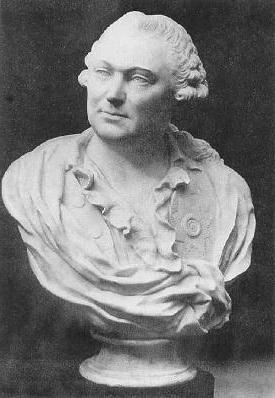
Success
The first Demidov factory in the Urals functioned at the expense of labor not only of serfs, but also of craftsmen who were lured from state enterprises. The industrialist replenished his personnel reserve in this way not without reason. He needed skilled workers, and not random people who still needed to be trained before they were finally sent to production. The luring of masters was forbidden by the Berg College, that is, by state bodies. However, the gunsmith Nikita Demidov did not hesitate to act with maximum benefit for himself, even if it was contrary to the laws. Peter, if he knew about the violations at the enterprises of his protege, looked at it through his fingers, justifying the “excesses” with a matter of national importance.
Each Demidov plant was noticeably better than the state ones both in the quality of its products and in the speed of order execution. Good results went to the gunsmith only on hand. The tsar subsidized all new projects, transferring them under the responsibility of Demidov directly. Over time, the industrialist concentrated in his hands all the large metallurgical enterprises of the Stone Belt, in fact becoming a monopolist.
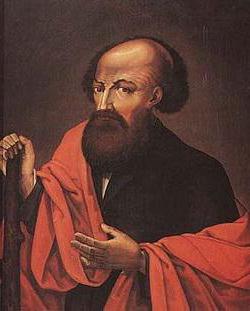
New heights
By 1725, Nikita Demidov had built five more completely new plants (Shuralinsky, Byngovsky, Nevyansky, Verkhnetagilsky and Nizhny Tagil). Hometown Tula has long been a thing of the past. By old age, Demidov created a much more profitable network of enterprises on the other side of a large country. According to various estimates, in the first 15 years of work in the Urals, its plants produced about 900 thousand artillery shells.
For the state, Demidov was a profitable supplier also because he sold his products at discounted prices. In 1718, all the anchors, guns and iron for the domestic fleet were made only at the enterprises of the enterprising gunsmith. He was a born lobbyist (although such a concept did not exist then). Demidov managed to secure the patronage of many high-ranking officials. His patron was the head of the Admiralty Fedor Apraksin.
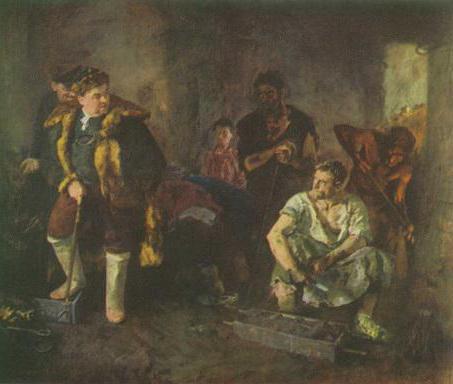
Arrangement of the Ural industry
By 1720, the Ural metallurgical enterprises (the best of which belonged to Demidov) already accounted for 66% of Russian metal, outperforming the old plants in the European part of the country. At the end of the reign of Peter I, the country began to receive so many products that part of it began to be exported abroad.From this trade, Demidov, and later his descendants, began to receive even more profit.
The Urals needed a good road network so that factory products could be delivered to the market as quickly as possible. First, communications were laid between the plants. Later, the construction of roads to European Russia began. Before that, the Ural settlements were remote provincial places. With the advent of the Demidov factories, internal migration of the population to the Stone Belt arose. The Chusovaya River, formerly non-navigable, was cleared. Warehouses and marinas were erected on its shores. Foreigners who visited the Demidov factories noted that they are so well organized that there are hardly any enterprises equal to them in Europe itself. Before the Northern War, Sweden could boast of the best metallurgical industry in the Old World. Thanks to the efforts of Nikita Demidov, Russia was able to seize leadership in this important industry.
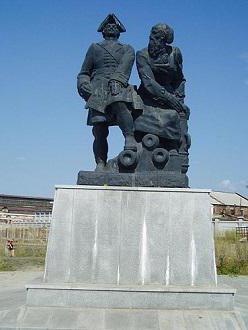
Last years
In 1722, Nikita Demidov had a conflict with Vasily Tatishchev - the new state leader of the Ural industry. The latter tried to start developing state-owned enterprises. Demidov, who was afraid of losing his monopoly, did not like this much.
The gunsmith had significant influence in government offices. He slandered Tatishchev, and he fell under trial. However, during the investigation it turned out that Demidov uses unfair competition methods. Peter I intervened in the matter. The king ordered the industrialist to write a large fine. Although Demidov enjoyed the confidence of the monarch, he crossed a dangerous line. The most unpleasant consequence of the quarrel with Vasily Tatishchev was not even a fine, but the further growth of state-owned factories in the Urals. Their development violated the Demidov monopoly, although its enterprises remained an important part of the country's economy.
The famous gunsmith died on November 28, 1725, just a few months after the death of Peter. He left the descendants a rich legacy. Today in many Ural cities there are monuments dedicated to the industrialist. And in his homeland there is the Tula State Engineering College named after Nikita Demidov. Factories founded by the manufacturer in the 18th century are still operating today.








